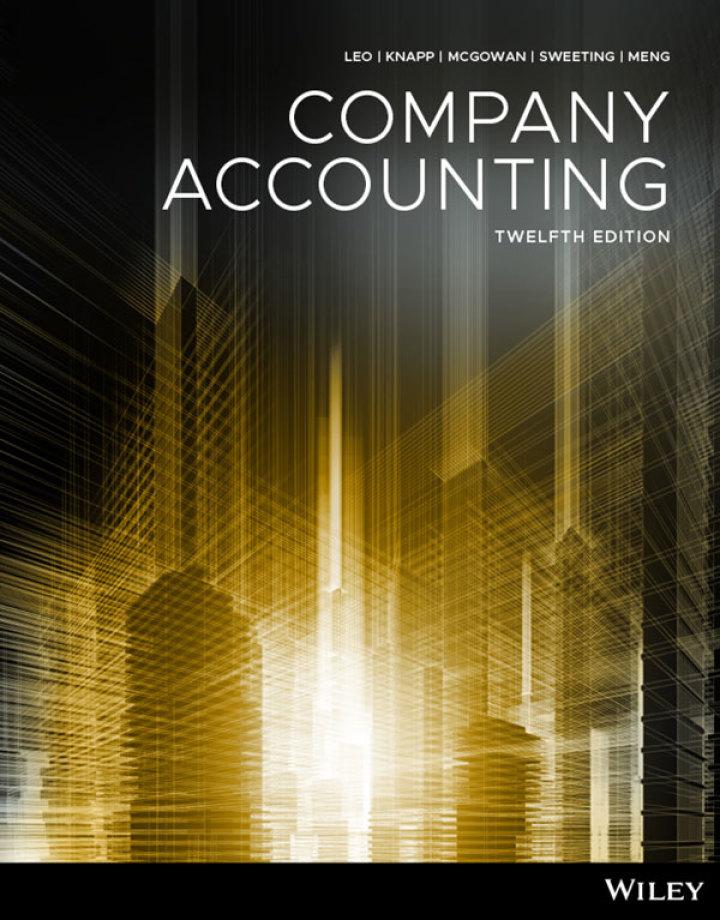Question
Consider the following labor market for academics. 100 universities, the demand side, want to hire productive academics that produce solid research and teach well designed
Consider the following labor market for academics. 100 universities, the demand side, want to hire productive academics that produce solid research and teach well designed courses. Productivity comes at the cost of training e. Academics, the supply side, come in two types: {plums, lemons}, where plums are highly productive and lemons are under-productive. Universities cannot observe an academics type. However, academics know their own type, which remains private information. Assume it is common knowledge that there are 100 academics and the distribution of types in the market is believed to be 40 plums and 60 lemons.
A universitys maximum WTP (in thousands) for a plum is $100 and their maximum WTP for a lemon is $60. A plums min WTA for a job is $74 and a lemons min WTA for a job is $50.
(a) Describe what would happen in this market if there were no private information and universities could perfectly observe type that is, it were a perfectly competitive market. Draw this market as I did in class.
(b) Now, assume that since universities cannot observe type, they must guess, deciding what productivity they would be getting on average. Assume the university is risk neutral. Calculate maximum WTP for any academic using expected value. Model this market graphically as we did in class.
(c) How many lemons are hired? How many plums? What is the case with those that buy lemons? Where is the inefficiency in this market?
(d) What are the three main criteria to ensure a signal is useful?
(e) Suppose there were a way for plums to signal their type with a costly but credible signal. Assume plums have MPL = 100, therefore, make wP = 100 and lemons have MPL = 60 and thus make wage wL = 60. Let the cost to the plums for the signal be cP and the cost to lemons be cL = 2. Assume there exists some e = 30 when cP < cL, that is at the optimal amount of training a productive academic acquires. Write the necessary condition for the signal to result in a separating equilibrium?
(f) What is the optimal range of signal cost for plums, cP that allows for a separating equilibrium (solve the above inequality).
(g) In this separating equilibrium, what might we expect to see happen in the above labor market that is, will we observe more or fewer plums hired as a result of the signal. Explain in terms of expected value.
(h) Describe the conceptual (no math) difference between a separating equilibrium and a pooling equilibrium.
2. Suppose UMovie is the only movie cinema in a small college town, so it is essentially a monopoly for the local movie market. It has two distinct consumer groups: adults and students. The inverse demand for the whole group of adults is given by
P = 600 15qA
and the inverse demand for students is given by
P = 200 5qS
Assume for simplicity that the marginal cost of showing a movie is zero.
(b) Compute the total market demand function (i.e., the aggregate demand consisting of both groups of consumers) facing UMovie. [Hint: For a given price P, what is the sum of demands from both groups (Q = qA + qS) in terms of P?
(c) Suppose everybody can easily get a fake student ID and there is no way for UMovie to differentiate one group of consumers from another. As a result, the cinema is forced to charge a single price for both groups. Compute the optimal price charged by UMovie. Under this price, which group will go to movies?
(d) Suppose UMovie has spent $M > 0 to install a machine that can detect very accurately whether a student ID is fake. As a result, the cinema is able to charge each group a different price. Compute the optimal prices for the two groups of consumers.
(e) Find the range of M so that it is optimal for UMovie to install the ID detecting machine.
Step by Step Solution
There are 3 Steps involved in it
Step: 1

Get Instant Access to Expert-Tailored Solutions
See step-by-step solutions with expert insights and AI powered tools for academic success
Step: 2

Step: 3

Ace Your Homework with AI
Get the answers you need in no time with our AI-driven, step-by-step assistance
Get Started


